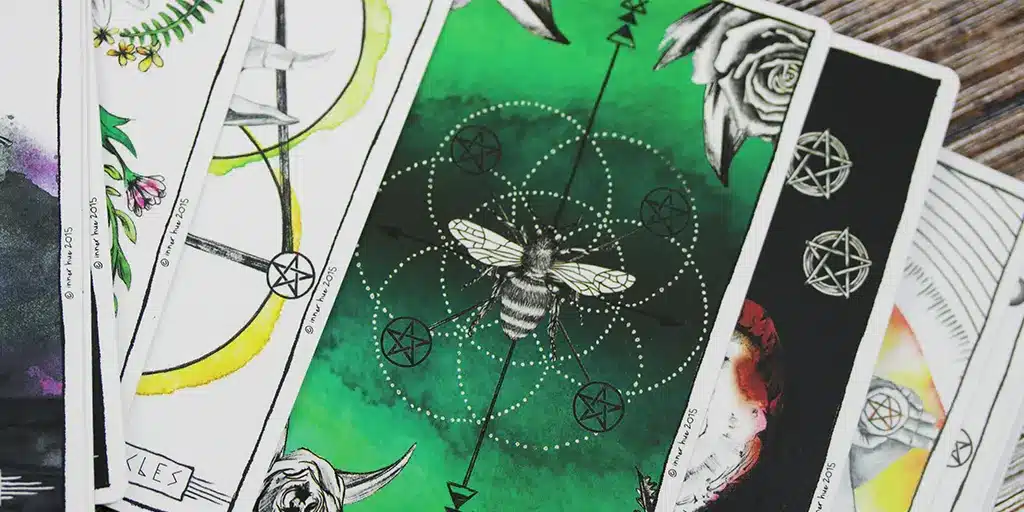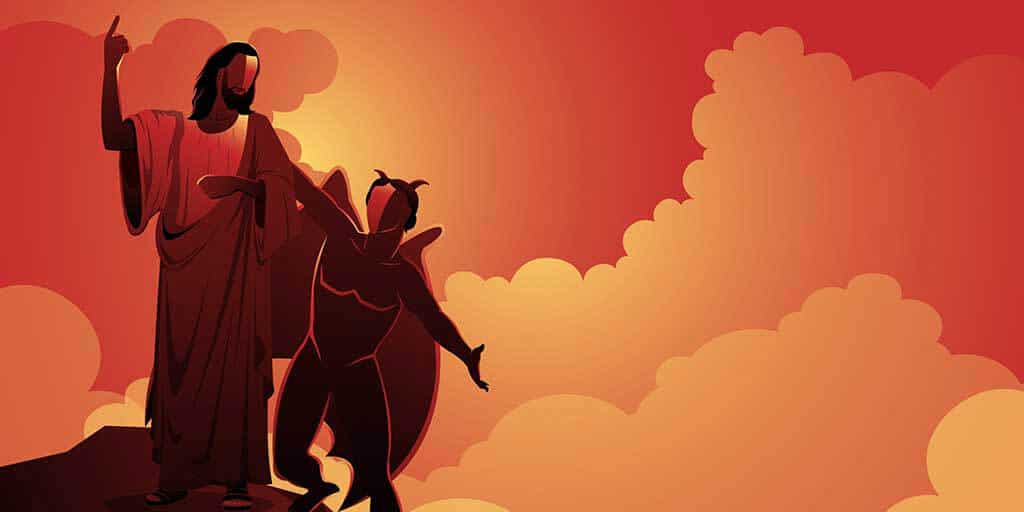When do Psychic Experiences Become Dangerous? – Part 2

During his lifetime, Dr. Kurt Koch counseled over 11,000 people[1] who had encountered problems arising from their occult practices. He observes of those who carry on an active occult practice, “The family histories and the end of these occult workers are, in many cases known to me, so tragic that we can no longer speak in terms of coincidence.”[2] For those passively involved, he observes that “occult subjection has been seen in relation to psychological disturbances which have the following predominant characteristics:
a. Warping and distortion of character: hard, egotistical persons; uncongenial, dark natures.
b. Extreme passions: abnormal sexuality; violent temper, belligerence; tendencies to addiction; meanness and kleptomania.
c. Emotional disturbances: compulsive thoughts, melancholia; suicidal thoughts, anxiety states.
d. Possession: destructive urges, fits of mania; tendency to violent acts and crime—
e. Mental illnesses.
f. Bigoted attitude against Christ and God: conscious atheism; simulated piety; indifference to God’s Word and prayer; blasphemous thoughts; religious delusions.
g. Puzzling phenomena in their environment.”[3]
Dr. Merrill F. Unger, author of four books on occultism and demonism, observes, “The psychic bondage and oppression that traffickers in occultism themselves suffer, as well as their dupes, is horrifying to contemplate.”[4] Further,
“Both psychiatry and psychology recognize the adverse effects of spiritistic activity upon the mind. Symptoms of split personality appear after sustained dealings in the occult. Psychiatry defines the resulting disorder as mediumistic psychosis.”[5]
Philosopher, trial attorney, and noted theologian Dr. John Warwick Montgomery has authored or edited several books on the occult and owns one of the largest private libraries of rare occult books in the country. He warns:
“There is a definite correlation between negative occult activity and madness. European psychiatrist L. Szondi has shown a high correlation between involvement in spiritualism and occultism (and the related theosophical blind alleys) on the one hand, and schizophrenia on the other. The tragedy of most sorcery, invocation of demons, and related practices is that those who carry on these activities refuse to face the fact that they always turn out for the worst. What is received through the Faustian past never satisfies, and one pays with one’s soul in the end anyway.”[6]
There are many ways to pay such a price. As noted, suicide is one risk for occult practitioners. Many times there is a deliberate attempt by the spirits to induce suicide in the unwary person. If the individual is trying to leave the occult, they are told they will never be able to do so and that the only escape is suicide. Some gurus have even taught that disciples who leave them will commit suicide as a natural consequence—the disciple’s only choice is either to follow the guru or die.[7]
Other individuals become enamored with their spirit guides’ blissful descriptions of the “wonders” and “pleasure” of the “next life” and are lovingly urged to “come join us.” Liberal theologian and occult supporter Morton Kelsey observes, “Two researchers working with the problem of suicide in Los Angeles were amazed at how often, in the course of their interviews, people who showed suicidal tendencies refer to contact with the dead.”[8] United Nations’ spiritual adviser and spiritist guru Sri Chinmoy confesses that the spirits are cunningly evil. He observes that, in visions, they have even appeared to disciples in the actual form of their guru and instructed them to kill themselves in order to attain “karmic liberation” sooner.[9]
In light of all this, Jesus’ condemnation of the devil as “a liar” and “a murderer from the beginning” (John 8:44) is highly accurate. Indeed, the devil’s lethal methods and intent are evident throughout the inglorious history of the occult. Consider the case of Dr. Carl A. Wickland, M.D., a physician, accomplished spiritist, and researcher in psychology. His wife was a trance medium “easily controlled by discarnate intelligences.”[10] For over 30 years Wickland communicated with the spirit world through her, recording her teachings. These were given in his Thirty Years Among the Dead.
Wickland became an acknowledged authority in the area of spiritism and the occult. Even Sir Arthur Conan Doyle, author of the Sherlock Holmes series and a noted convert to spiritism, said of Wickland, “I have never met anyone who has had such a wide experience of invisibles.”[11]
Wickland’s life was somewhat reminiscent of the great Emanuel Swedenborg, the famous spiritist of the eighteenth century. Though both Swedenborg and Wickland practiced spiritism extensively, both issued stern warnings about its dangers (see Question 6). Wickland observes that “a great number of unaccountable suicides are due to the obsessing or possessing influence of…spirits. Some of these spirits are actuated by a desire to torment their victims…”[12]
According to his own extensive experience, he observed that spiritism frequently causes
“… apparent insanity, varying in degrees from a simple mental aberration to, and including, all types of dementia, hysteria, epilepsy, melancholia, shell shock, kleptomania, idiocy, religious and suicidal mania, as well as amnesia, psychic invalidism, dipsomania, immorality, functional bestiality, atrocities, and other forms of criminality.”[13]
In fact, his book devotes entire chapters to the spirits’ influence in fostering suicide, criminal practices, drug use, and other unsavory activities. He confesses, “In many cases of revolting murder, investigation will show that the crimes were committed by innocent persons under the control of disembodied spirits—”[14]
Wickland is not alone in his assessment of the psychological dangers of occult practice. Some authorities think that a significant percentage of those institutionalized in mental hospitals may be suffering from mental illness induced by occult practice and/or demonization. Dr. Koch refers to a New Zealand psychiatrist who “claims that 50% of the neurotics being treated in the clinics in Hamilton are the fruit of Maori sorcery.”[15] He also observes a Christian psychiatrist who believes that up to half of the inmates at his psychiatric clinic are suffering from occult oppression rather than true mental illness.[16]
Dr. Anita Muhl, an authority on the use of the mediumistic ability of automatic writing in psychotherapy, observes that automatisms “frequently precipitate a psychosis.” She supplies many examples.[17] Roger L. Moore, psychologist of religion at Chicago Theological Seminary, observes that “there are haunting parallels” between the paranoid schizophrenic and the deeply involved occultist. He also observed at a four-day symposium of the American Academy of Religion, “Participation in the occult is dangerous for persons who are the most interested in it— A lot of them have become paranoid psychotics.”[18]
All this proves that occult involvement carries both physical and psychological risk; indeed, no one familiar with the facts can deny it. But it also carries spiritual risk.
Extracted from John Ankerberg, John Weldon, Facts on the Occult.
- Kurt Koch, Satan’s Devices (Grand Rapids, MI: Kregel, 1980), p. 188. ↑
- Kurt Koch, Christian Counselling and Occultism: The Counselling of the Psychically Disturbed and Those Oppressed Through Involvement in Occultism (Grand Rapids, MI: Kregel, 1978), p. 184. ↑
- Ibid., pp. 187-188. ↑
- Merrill F. Unger, Demons in the World Today (Wheaton, IL: Tyndale House, 1972), p. 95. ↑
- Ibid., p. 50. ↑
- John Warwick Montgomery, Principalities and Powers: The World of the Occult (Minneapolis, MN: Bethany, 1973), p. 149. ↑
- e.g., Bhagwan Shree Rajneesh, “Suicide or Sannyas,” Sannyas, March-April 1978, No. 2, pp. 26-33; cf., Rajneesh, “Who Is the Master?” Sannyas, July-August 1980, No. 4, pp. 33. ↑
- Morton T. Kelsey, The Christian and the Supernatural (Augsburg Publishing House, 1976), p. 41. ↑
- Sri Chinmoy, Astrology, The Supernatural and the Beyond (Jamaica, NY: Agni Press, 1973), pp. 94-95. ↑
- Carl A. Wickland, Thirty Years Among the Dead (Van Nuys, CA: New Castle Publishing, 1974), p. 29. ↑
- Ibid., p. 8. ↑
- Ibid., p. 132. ↑
- Ibid., p. 17. ↑
- Ibid., p. 116. ↑
- Kurt Koch, Occult Bondage and Deliverance (Grand Rapids, MI: Kregel, 1970), p. 31. ↑
- Kurt Koch, Demonology Past and Present (Grand Rapids, MI: Kregel, 1973), pp. 41-42. ↑
- Anita Muhl, Automatic Writing: An Approach to the Unconscious (New York: Helix Press, 1963), p. 51. ↑
- As reported in John Dart, “Peril in Occult Demonic Encounters Cited,” Los Angeles Times, December 30, 1977. ↑









I would like to know more about how to help my friend who is a Jehovah witness.